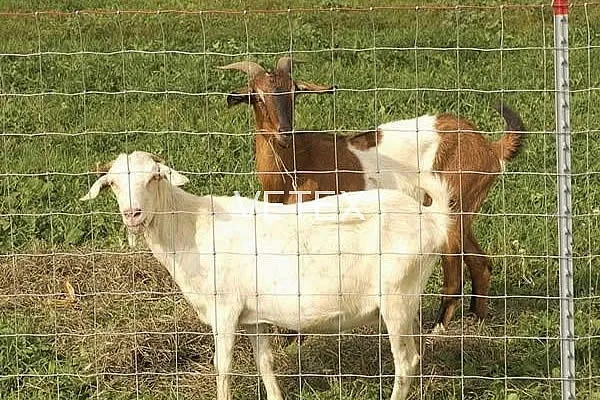 TEL:
+86-13102802206
TEL:
+86-13102802206
 Email:
fencenetting@china.com
Email:
fencenetting@china.com
 Language
Language
 TEL:
+86-13102802206
TEL:
+86-13102802206
 Email:
fencenetting@china.com
Email:
fencenetting@china.com
 Language
Language


Understanding the Cost of Black Cyclone Fencing
When it comes to setting up a secure perimeter around your property, black cyclone fencing, also known as black chain-link fencing, offers an attractive and effective solution. This type of fencing combines durability with aesthetic appeal, making it a popular choice for both residential and commercial applications. However, understanding the costs associated with black cyclone fencing is crucial for making an informed decision. This article will delve into various factors that influence the cost of black cyclone fencing, helping you budget effectively.
1. Materials and Quality
The first significant factor affecting the cost of black cyclone fencing is the quality of materials used. Black cyclone fencing is typically made from galvanized steel that is coated with a layer of black PVC to enhance its durability and appearance. The thickness of the steel gauge plays a vital role in determining the price; lower gauges represent thicker materials and are usually more expensive due to their increased strength and longevity. Therefore, investing in higher-quality materials can reduce long-term maintenance costs and replacement needs.
2. Height and Length
The height and length of the fencing are primary determinants of the total cost. Standard heights for residential black cyclone fencing range from 4 to 6 feet, while options go as high as 10 feet for commercial or specialized applications. As you might expect, more material results in higher costs. Additionally, the overall perimeter you wish to cover will directly impact the budget, so it’s essential to measure your property accurately.
3. Installation Costs
While you might consider a DIY approach to save money, proper installation is crucial for the durability and effectiveness of cyclone fencing. Hiring professionals may incur additional costs, but their expertise ensures the fence is installed correctly, thus minimizing the need for repairs in the future. Installation costs can vary based on your location, the complexity of the terrain, and whether you require additional features like gates or footings.

To enhance functionality and security, many property owners opt for additional features such as gates, privacy slats, or barbed wire on top. Each of these elements can significantly increase the overall cost. Gates, for instance, come in various styles—single, double, or sliding—and materials, which can affect both the price and the boundary's aesthetics.
5. Maintenance and Durability
One of the appealing aspects of black cyclone fencing is its low maintenance requirements. The PVC coating prevents rust and corrosion, so regular upkeep mostly involves cleaning and occasional checks for wear and tear. However, should repairs be necessary, costs for parts and labor might add up over time.
6. Regional Differences
Regional market conditions can also play a role in the overall cost. Prices may fluctuate based on local demand, the availability of materials, and labor costs in your area. It’s advisable to obtain quotes from several contractors to understand the going rates and negotiate accordingly.
Conclusion
The cost of black cyclone fencing varies widely depending on several factors, including material quality, height and length, installation expenses, additional features, and regional market conditions. On average, homeowners can expect to pay between $10 to $30 per linear foot, depending on the choices they make. As you budget for your fencing project, consider both the upfront costs and the long-term savings associated with quality materials and proper installation. By doing so, you can ensure that you make a wise investment in your property’s security and curb appeal. Ultimately, black cyclone fencing provides an attractive and effective solution for property owners looking to enhance both security and aesthetics.